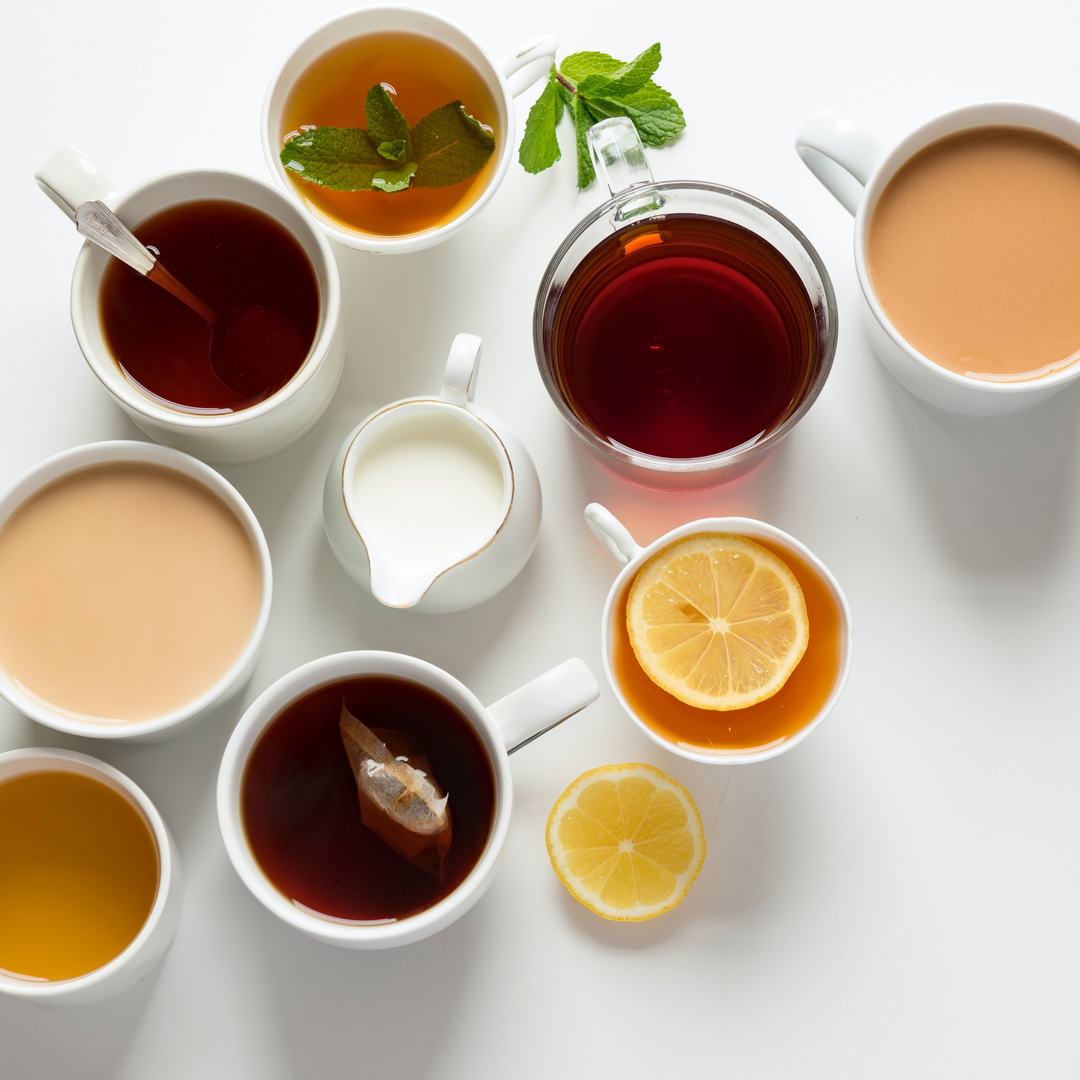the world of tea: global tea rituals and tea times

Summary: Embark on a captivating journey as we explore tea rituals from England's posh afternoon teas to Argentina’s communal yerba mate sessions. Whether it's the precision of Japan's chanoyu or the heartwarming chai of India, tea is more than just a brew—it’s a reflection of culture, tradition, and bonding. Dive deep and discover how every sip tells a tale.
1. British Afternoon Tea:
Originating in the 1840s, the British afternoon tea is a cherished tradition that usually unfolds between 3:30 and 5 pm. It's not just about the tea—it’s a culinary affair. Premium black teas like Assam or Darjeeling are accompanied by buttery scones, rich clotted cream, finely cut sandwiches, and a selection of cakes. It represents a pause from the day, a moment of relaxation, and a hallmark of British hospitality.
2. Chinese Gongfu Tea Ceremony:
In the annals of history, Chinese tea culture stands tall. The intricate Gongfu tea ceremony is not merely about drinking tea but appreciating its art. With a series of special tools and the choicest tea leaves, this ritual is a harmonious dance that emphasizes respect, precision, and mindfulness.
3. Indian Chai Time:
Chai is not just tea in India; it's an emotion. As you navigate Indian streets, chai vendors or "chaiwalas" are a ubiquitous sight. The strong black tea mixed with spices like cardamom and ginger, and simmered with milk, becomes a drink of warmth and comfort. Serving chai is also a gesture of welcome in Indian households.
4. Turkish Tea Gatherings:
Turkish tea, cultivated from Rize tea leaves, forms the social fabric of Turkey. This deep-red beverage is brewed uniquely in a double stacked kettle and ceremoniously poured into tulip-shaped glasses. Whether it's casual banter or a formal business chat, Turkish tea plays the mediator, symbolizing friendship and hospitality.
5. Russian Samovar Tradition:
The heart of the Russian tea tradition is the Samovar. This large metal container isn't just for brewing tea; it's a centerpiece around which stories are shared. Concentrated tea is poured from the Samovar and then diluted with hot water, often enjoyed with sweet jams, honey, or a slice of lemon.

Explore the modern take on this with the Chaiovar Electric Samovar.
6. Iranian Moments with Samovar:
In Iran, drinking tea is about creating moments. The robust black tea, when served, often finds an accompaniment in crystallized sugar or rock candy (qand). Holding this qand in your mouth as you take slow sips is a unique Persian experience. Every cup shared strengthens relationships and nurtures bonds.
Discover more about Persian tea with the Chaiovar Electric Samovar.
7. Japan's Chanoyu (Tea Ceremony):
The Japanese tea ceremony, known as "chanoyu", is a serene experience. It isn’t just about sipping tea; it's a lesson in aesthetics, mindfulness, and tradition. Celebrating matcha—a vibrant powdered green tea—the ceremony underscores the philosophy of simplicity and the beauty in every movement.
8. Argentina's Yerba Mate:
Yerba mate in Argentina is more than just a beverage. The dried leaves steeped in hot water create a drink that’s a symbol of community. Shared from a hollow gourd (mate) and sipped through a metal straw (bombilla), it stands for friendship, trust, and communal bonding.
In Conclusion:
Wherever you wander on our planet, tea tells tales, holds rituals, and signifies shared human experiences. Each sip is a voyage, an insight, and a cherished ceremony. Elevate every tea moment with SAKI, and let your senses travel the world.
Common Questions & Answers
Q: What is the origin of British afternoon tea?
A: The British afternoon tea began in the 1840s as a mini meal to satisfy hunger and evolved into a cherished culinary tradition.
Q: What tools are essential for the Gongfu tea ceremony?
A: The Gongfu ceremony requires specialized tools, including a tea tray, teapots, and tasting cups, emphasizing precision and artistry.
Q: How is chai prepared in India?
A: Indian chai is a brew of strong black tea simmered with aromatic spices like cardamom and ginger, then mixed with milk.
Q: Why is the Samovar significant in Russian tea culture?
A: The Samovar, central to Russian tea rituals, is a large metal container for brewing and serving tea, symbolizing gatherings and shared stories. For a modern take, explore the Chaiovar Electric Samovar.







